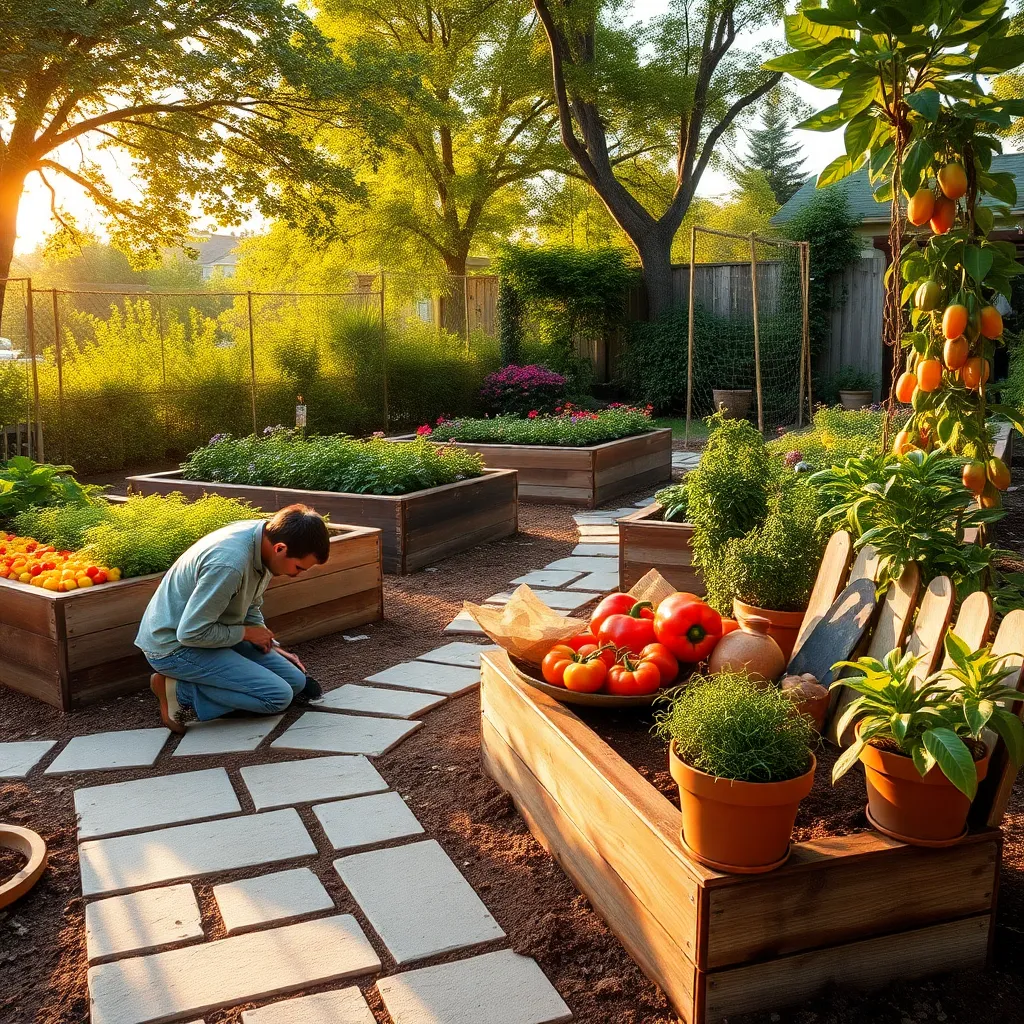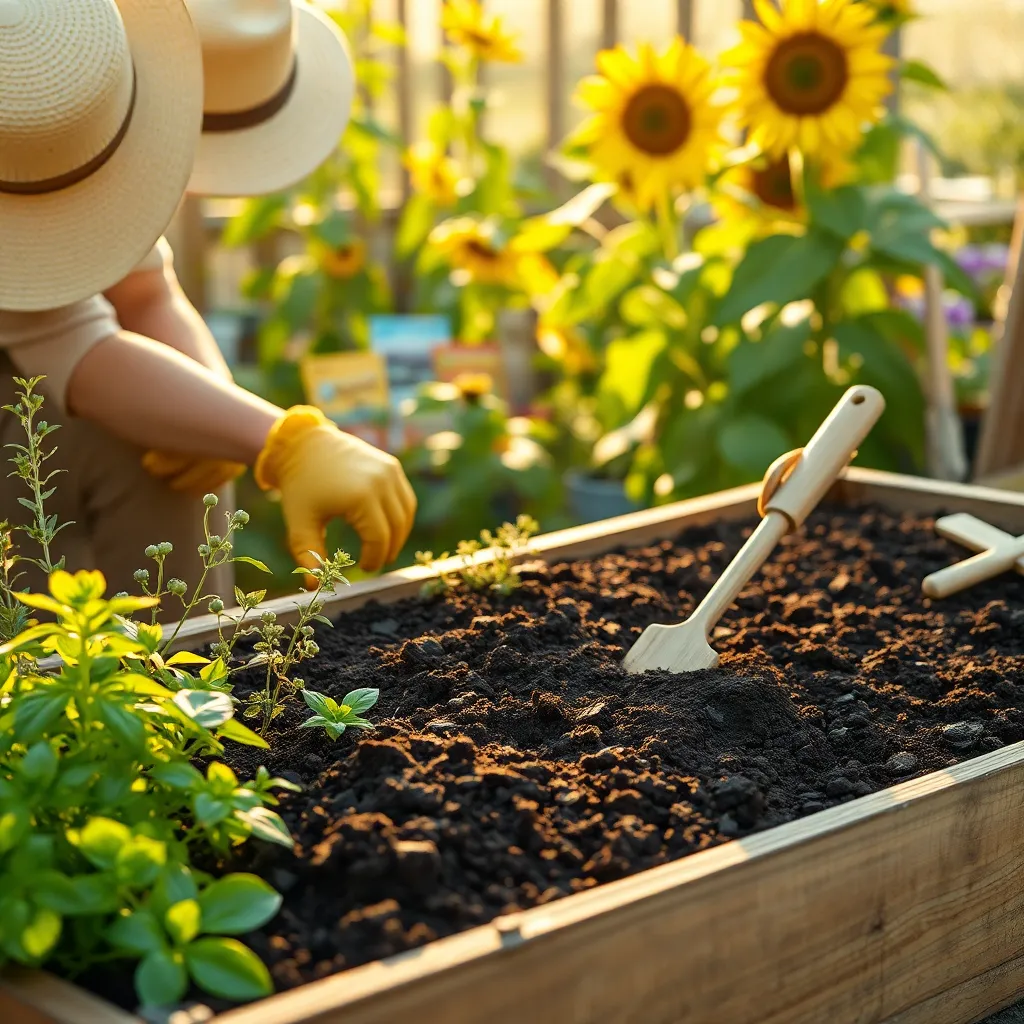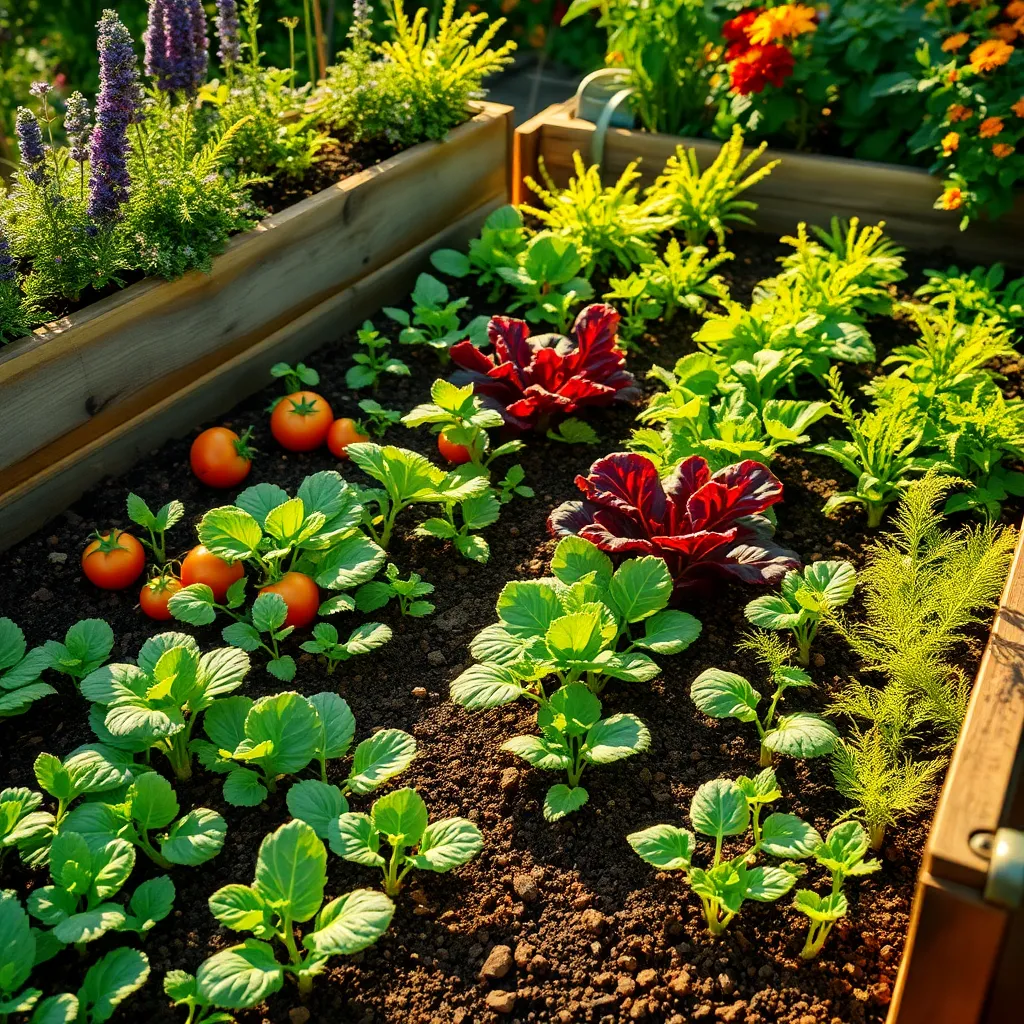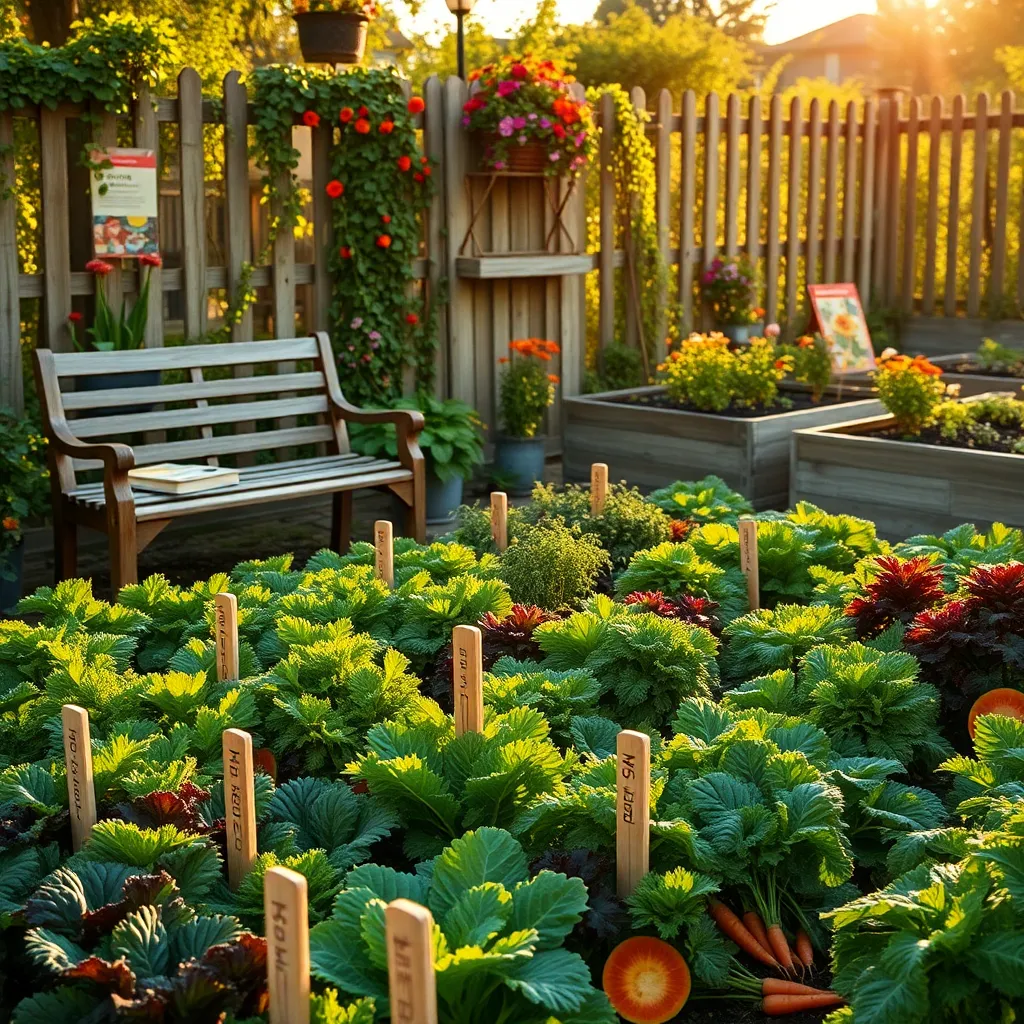Imagine stepping into your backyard and harvesting fresh, crisp vegetables for tonight’s dinner—it’s a rewarding experience that you can create right at home. Whether you’re a seasoned gardener seeking a new challenge or a novice ready to dip your toes into the world of homegrown produce, starting a vegetable garden is a journey worth embarking on. The path to cultivating your own vegetables is not only fulfilling but also a step towards a more sustainable and healthy lifestyle.
Creating a vegetable garden may seem daunting at first, but with the right guidance, it can be an enjoyable and enriching endeavor. In this article, we’ll walk you through the essentials of starting your very own vegetable patch, from choosing the perfect location to selecting the best crops for your climate. You’ll discover practical tips and expert advice on soil preparation, planting techniques, and maintenance strategies to ensure your garden thrives. By the end, you’ll feel empowered to cultivate a garden that yields delicious, homegrown vegetables, regardless of your level of expertise.
Select an Ideal Garden Location

Choosing the right location for your vegetable garden is crucial for a successful harvest. Start by identifying a spot that receives at least six to eight hours of full sunlight each day, as most vegetables thrive with ample light.
Additionally, consider proximity to a water source to make irrigation easier and more efficient. A nearby hose or rain barrel can save time and effort, ensuring your plants stay hydrated without hassle.
It’s also important to evaluate the soil quality in your chosen area. Conduct a simple soil test to check for pH levels and nutrient content, aiming for a slightly acidic to neutral pH between 6.0 and 7.0, which is ideal for most vegetables.
For those with limited space or poor soil conditions, consider raised beds or containers as alternatives. These options allow for better drainage and soil control, making them perfect for urban or beginner gardeners looking to optimize their growing conditions.
Test and Amend Your Soil

Before planting your vegetable garden, it’s crucial to understand the composition of your soil. Conduct a soil test to determine the pH level and nutrient content, which will guide you in making necessary amendments.
A simple soil test kit can be purchased online or at local garden centers, and it will provide you with valuable information about your soil’s condition. For more detailed analysis, consider sending a sample to a local agricultural extension office for professional testing.
Once you have your test results, you might need to amend the soil to optimize growing conditions. For instance, if your soil is too acidic, adding lime can help raise the pH level to a more neutral range, which is ideal for most vegetables.
Organic matter, such as compost or well-rotted manure, can be incorporated to improve soil structure and nutrient content. This addition helps retain moisture and enhances drainage, supporting healthy root development.
Many experienced gardeners recommend adding a balanced fertilizer to provide essential nutrients throughout the growing season. Ensure the fertilizer you choose matches the specific needs identified in your soil test for the best results.
Choose Suitable Vegetable Varieties

After testing and amending your soil, the next step is to choose vegetable varieties that thrive in your local climate. Consider planting vegetables that are well-suited to your growing season and soil conditions to ensure a bountiful harvest.
Begin by identifying the vegetables you and your family enjoy eating most. This will not only keep you motivated but also ensure that your garden is both practical and rewarding.
Research the hardiness zones for your area to choose varieties that will flourish in your climate. Many seed packets and plant labels include this information, guiding you to make the best selections.
For beginners, some easy-to-grow vegetables include radishes, lettuce, and cherry tomatoes, which are typically resilient and forgiving. These plants often require minimal care and can give you a quick, satisfying harvest.
More experienced gardeners might experiment with specialized varieties or heirloom seeds, which can offer unique flavors and resilience. Heirloom plants often require specific care, such as regular pruning or staking, to ensure healthy growth.
Consider the space available in your garden and choose varieties that fit well within that area. For small gardens or containers, opt for dwarf or compact varieties, which maximize yield without overwhelming your space.
Avoid overcrowding by following the recommended spacing guidelines on seed packets, as this ensures each plant has enough room to grow. Proper spacing also helps reduce the risk of disease and pest infestations, leading to healthier plants.
Plan and Design Your Garden Layout

When planning your garden layout, start by assessing the available space and sunlight exposure. Vegetables generally require at least 6-8 hours of direct sunlight per day, so choose a location that fulfills this need.
Sketch your garden on paper to visualize plant placement and optimize space. Consider grouping plants with similar water and soil requirements together for easier maintenance.
To maximize productivity, use a mix of traditional rows and raised beds. Raised beds can improve drainage and soil quality, which is particularly beneficial in areas with poor soil conditions.
Ensure adequate spacing between plants to allow for optimal growth and air circulation, which helps prevent diseases. Follow seed packet recommendations for spacing, and remember that plants like tomatoes and squash need extra room to thrive.
For advanced gardeners, consider implementing a crop rotation plan. Rotating crops each season helps maintain soil fertility and reduces pest and disease buildup.
Incorporate pathways in your garden layout to access plants without compacting the soil. Use materials like mulch, gravel, or stepping stones to create practical and aesthetically pleasing paths.
Plant Seeds or Seedlings Carefully

When starting a vegetable garden, decide whether you’ll plant seeds or seedlings, as both have their advantages. Seeds are often cheaper and offer a larger variety, while seedlings give you a head start, reducing the time to harvest.
Consider the specific needs of each vegetable type when planting. For instance, root vegetables like carrots and radishes prefer to be sown directly as seeds to avoid disturbing their delicate roots.
Ensure the soil is well-prepared before planting; it should be loose, well-draining, and rich in organic matter. Incorporate compost or well-rotted manure to enhance soil fertility, ensuring your plants have the nutrients they need to thrive.
Water newly planted seeds or seedlings gently to avoid washing them away or damaging delicate roots. Keep the soil consistently moist but not waterlogged—aiming for the feel of a damp sponge is ideal.
- Tip for Beginners: Start with easy-to-grow vegetables like lettuce or beans to gain confidence.
- Advanced Tip: Practice succession planting by sowing seeds at regular intervals to ensure a continuous harvest.
Conclusion: Growing Success with These Plants
In embarking on the journey of starting a vegetable garden at home, we’ve explored five key relationship concepts: communication, as you plan and share ideas with your partner; teamwork, as you divide tasks and cultivate together; patience, as you nurture growth and navigate setbacks; appreciation, as you celebrate small victories and the fruits of your labor; and resilience, as you adapt to challenges and grow stronger together. These principles mirror those found in healthy relationships, reinforcing the importance of working together towards common goals.
As your next step, schedule a garden planning session with your partner. Discuss what vegetables you’d like to grow, who will handle which tasks, and how you’ll celebrate your progress. This collaborative effort will strengthen your bond and provide a fresh source of joy and nourishment.
Remember to bookmark this article as a handy reference and inspiration as you nurture both your garden and your relationship. With dedication and love, your garden will flourish, just as your relationship will thrive. Take these steps today, and plant the seeds for a future filled with growth, connection, and success in your relationships.

